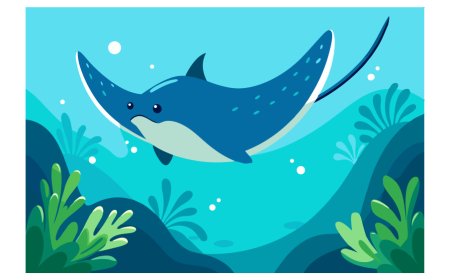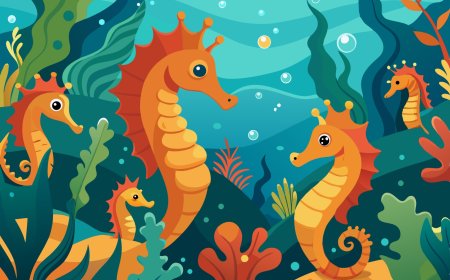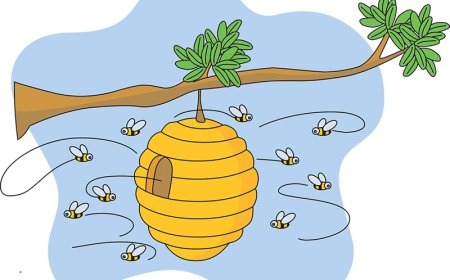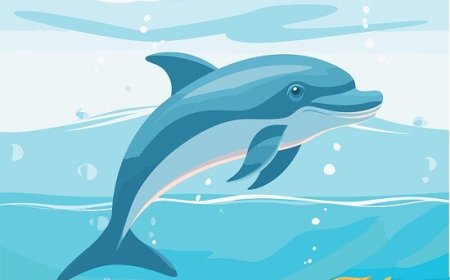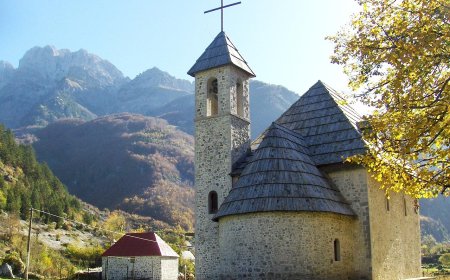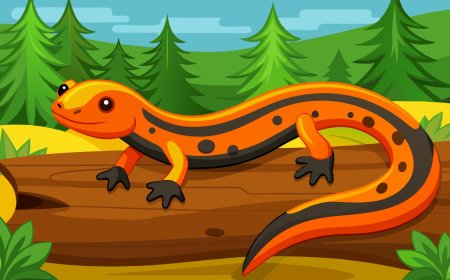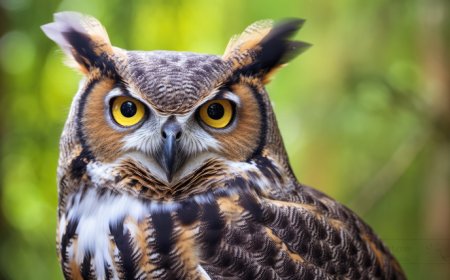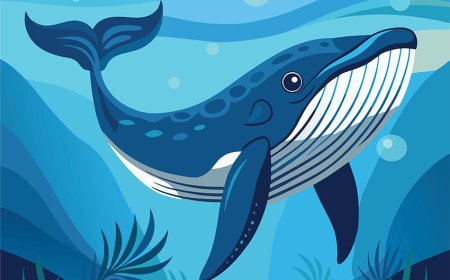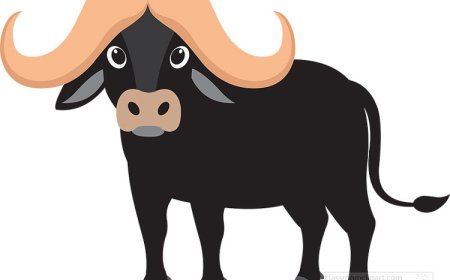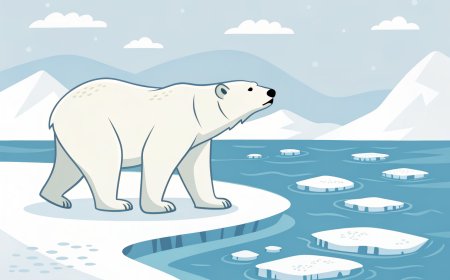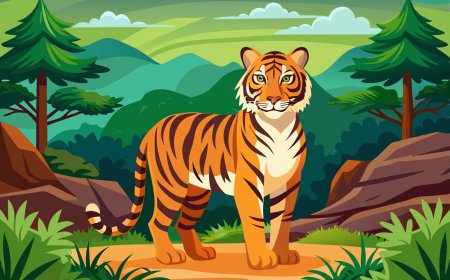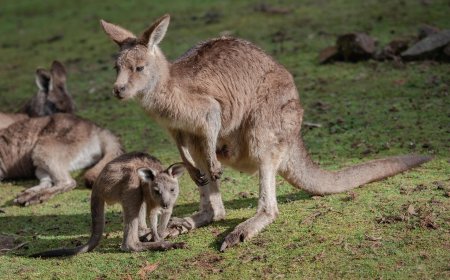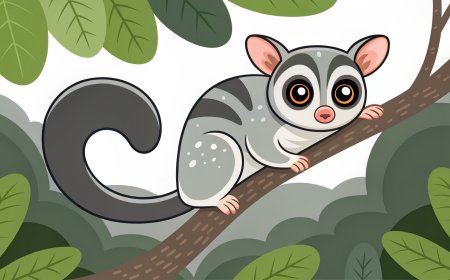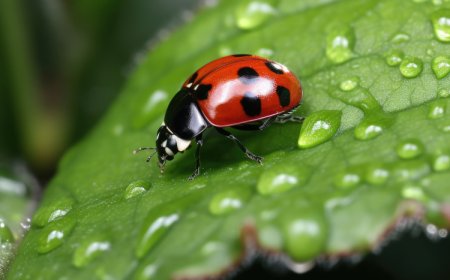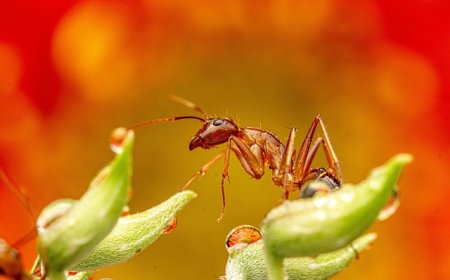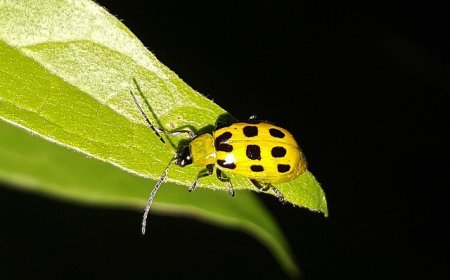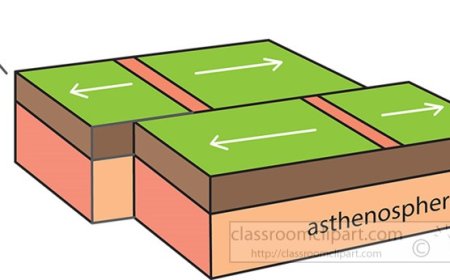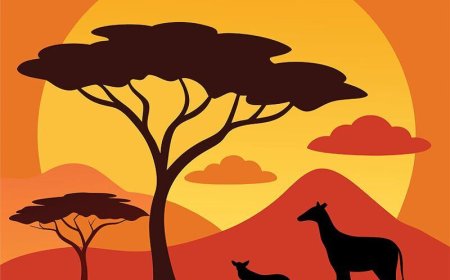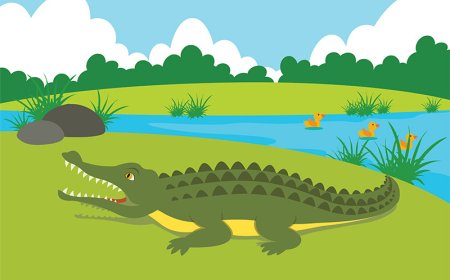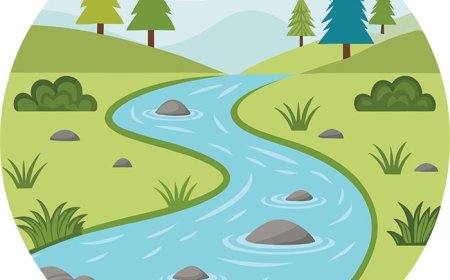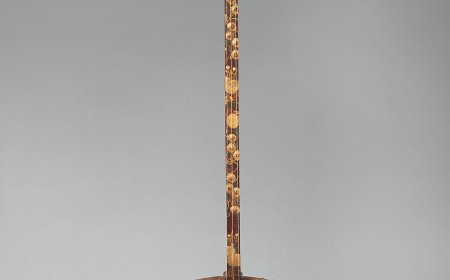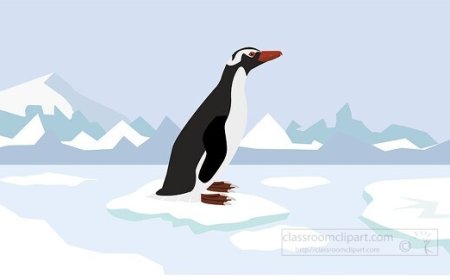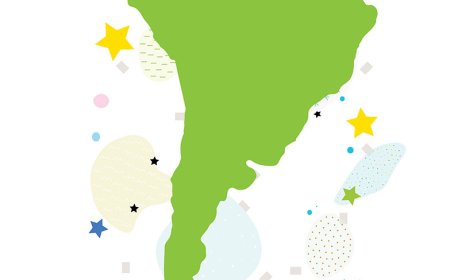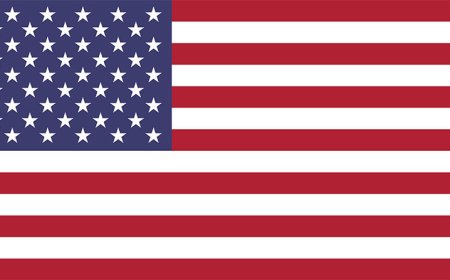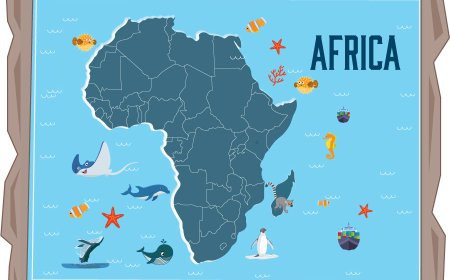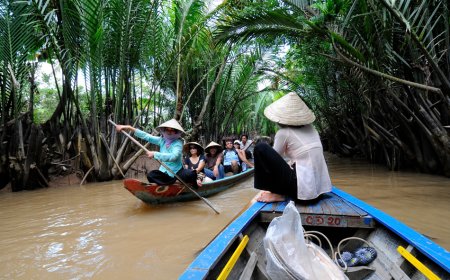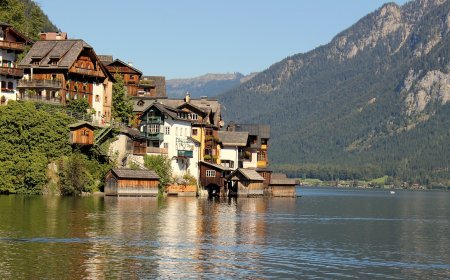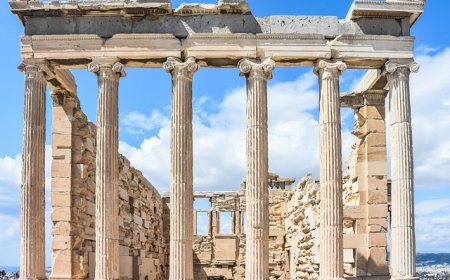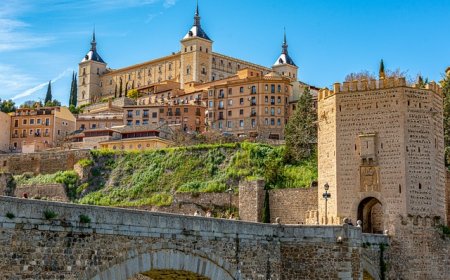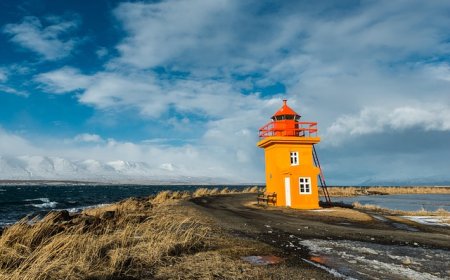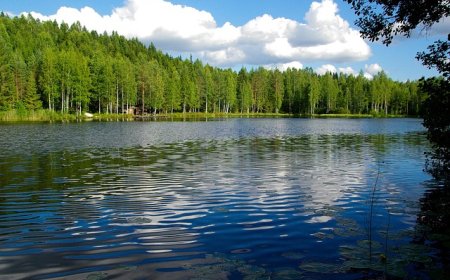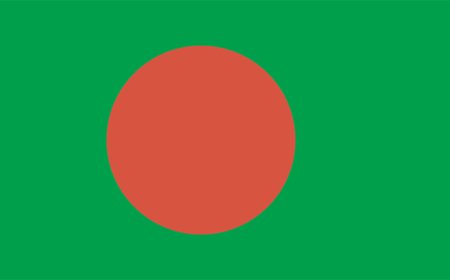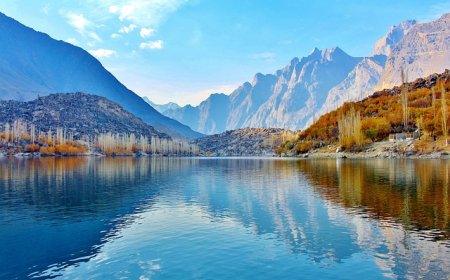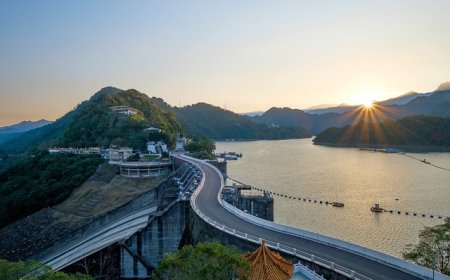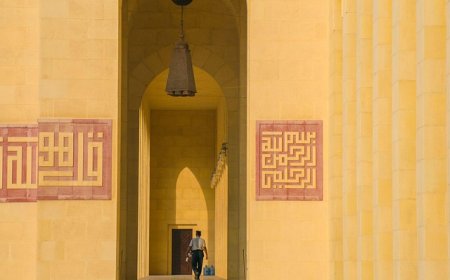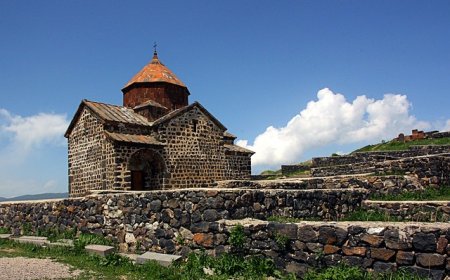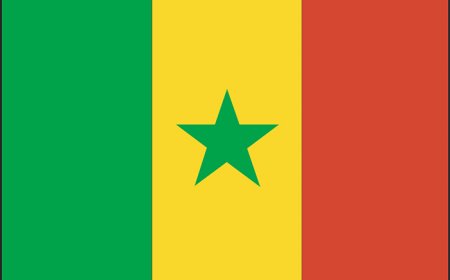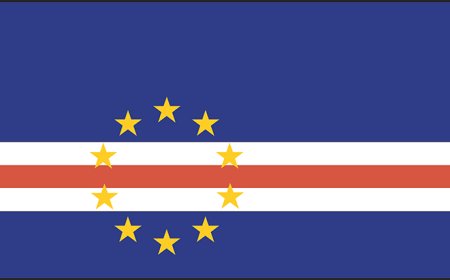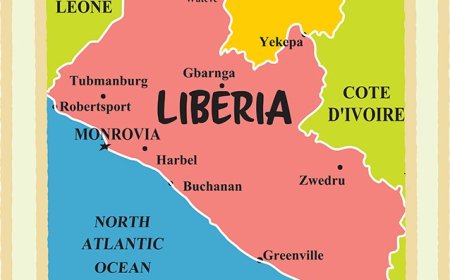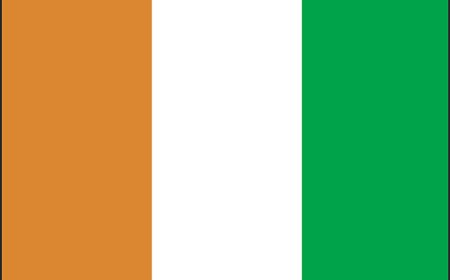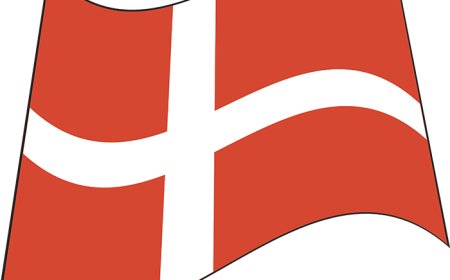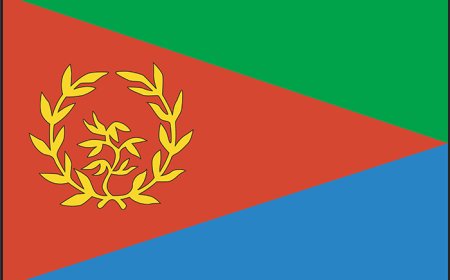Tanzania for Students: Geography, Culture, and History of East Africa’s Jewel
Explore Tanzania’s diverse landscapes—from Mount Kilimanjaro to the Serengeti—and its rich history, peoples, and wildlife in this student-friendly article
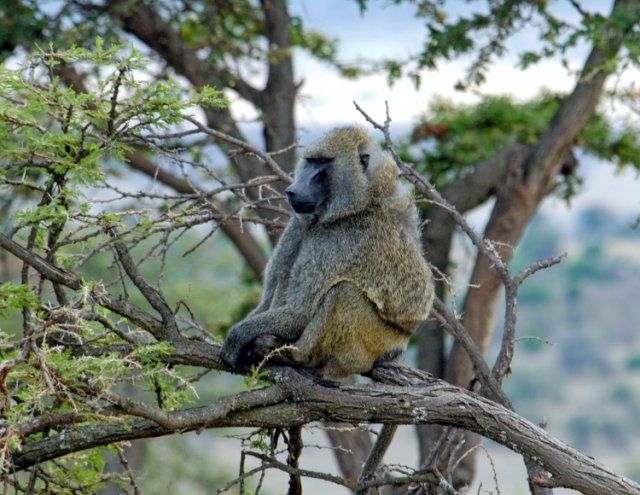
🌍 Introduction: A Land of Peaks, Plains, and Coast
Tanzania is one of Africa’s most geographically diverse countries, stretching from the swahili-speaking islands of Zanzibar in the Indian Ocean to the snow-topped summit of Mount Kilimanjaro, the highest peak on the continent. Sandwiched between eight neighbors—Kenya, Uganda, Rwanda, Burundi, the Democratic Republic of the Congo, Zambia, Malawi, and Mozambique—its territory also encloses the Serengeti’s rolling savannas and the deep waters of Lake Tanganyika. Home to over 60 million people from more than 120 ethnic groups, Tanzania blends Swahili, Arabic, and European influences into a vibrant national culture. From early hominid fossils at Olduvai Gorge to modern safari lodges, Tanzania weaves together history, wildlife, and human ingenuity in an extraordinary tapestry.
🗺️ Geography & Environment
Tanzania covers approximately 945 000 square kilometers, making it Africa’s 13th-largest nation. Its northern border dips into the Great Rift Valley, where Lake Victoria—Africa’s largest lake—gives rise to the Nile’s distant headwaters. West of the capital, Dodoma, lie the highlands around Mount Kilimanjaro (5 895 m) and the Usambara Mountains, clothed in cloud forest. The central plateaus host the famous Serengeti Plains, alive with annual migrations of wildebeest and zebras. To the south stretches the Selous Game Reserve, one of the world’s largest wildlife sanctuaries, while the western shores of Lake Tanganyika form a natural boundary with the DRC. Along the eastern rim, the Zanzibar Archipelago and Pemba island feature coral reefs, spice forests, and centuries-old Stone Town architecture. Tanzania’s climate varies from tropical on the coast, to temperate in the highlands, with two rainy seasons (March–May; October–December) vital for its agriculture and ecosystems.
🏛️ Government, Language & Population
Tanzania is a unitary presidential republic with a bicameral parliament and an independent judiciary. Although Dodoma is the official seat of government, the bustling port city Dar es Salaam remains the economic hub. Tanzania’s population exceeds 60 million, distributed unevenly between the densely settled northern highlands and the sparsely populated south. Over 120 ethnic groups coexist, including the Sukuma, Chagga, Haya, Nyamwezi, and Hehe, each preserving its language and traditions. Swahili (Kiswahili) and English serve as the nation’s official languages, uniting diverse communities in classrooms, markets, and government offices. Religiously, roughly 62% of Tanzanians identify as Christian, 34% as Muslim, and 4% follow traditional and other beliefs.
🎭 Culture & Daily Life
Tanzanian culture is anchored in music, dance, and community gatherings. The rippling rhythms of taarab and bongo flava radio on Zanzibar blend Swahili poetry with modern beats. In the highlands, the ngoma drum accompanies kiswahili sungura dances at weddings and harvest festivals. Daily life often revolves around agriculture: women cultivate coffee, tea, cloves, and horticultural crops, while men herd goats and cattle in the Maasai-inhabited grasslands. Meals typically feature ugali (maize porridge), wali (rice), mchicha (spinach stew), and nyama choma (grilled meat). Market days bring vibrant stalls of fruit, fish, and carving crafts. Education is free and compulsory at the primary level, though rural attendance can be hindered by distances and resource gaps. Tanzanians frequently practice ujamaa, a spirit of mutual support, in communal farming and social events.
📜 History Highlights
Tanzania’s human story stretches back over 1.8 million years, with pivotal hominid discoveries at Olduvai Gorge by paleoanthropologist Louis Leakey. The shores of Lake Victoria nurtured ancient Bantu migrations, and the coast later hosted Swahili city-states trading gold, ivory, and slaves across the Indian Ocean. In the 19th century, Omani Arabs and then German colonialists vied for control, establishing plantations and railways from Dar es Salaam to Lake Tanganyika. After World War I, Britain received a League of Nations mandate over Tanganyika, while Zanzibar became a British protectorate. The merger of Tanganyika and Zanzibar in 1964 formed the independent United Republic of Tanzania, led by President Julius Nyerere, who championed Ujamaa socialism and Swahili national identity. Nyerere voluntarily stepped down in 1985, paving the way for multiparty democracy in 1992. Since then, Tanzania has enjoyed relative political stability and economic reform.
💰 Economy & Resources
Tanzania’s economy is among East Africa’s largest, driven by agriculture, mining, manufacturing, and tourism. Agriculture remains dominant, employing over 65% of the workforce, with key exports including coffee, tea, cotton, cashews, sisal, and horticultural products. The mining sector yields gold, diamonds, tanzanite (found only near Mererani), and titanium. The government invests in special economic zones and infrastructure—such as the Central Corridor rail linking the port of Dar es Salaam to landlocked neighbors—to boost trade. Tourism contributes significantly, with visitors drawn to safari lodges, climbing Kilimanjaro, and beach resorts on Zanzibar. Challenges include rural poverty, youth unemployment, and vulnerability to drought, which the Tanzania Development Vision 2025 addresses through diversification, education, and sustainable resource management.
🌿 Wildlife & Natural Beauty
Tanzania epitomizes African wildlife and scenery. The Serengeti–Masai Mara migration involves over 1.5 million wildebeest and 200 000 zebras traversing between Tanzania and Kenya. Ngorongoro Crater, a UNESCO World Heritage Site, harbors dense populations of lions, elephants, rhinos, and buffalo within its volcanic caldera. Ruaha and Selous Game Reserves protect vast tracts of miombo woodlands and riverine systems. Lake Manyara refugees flamingos along its alkaline shores, while Tarangire National Park sustains large elephant herds amidst baobab trees. On the coast, Mnemba Atoll showcases coral reefs and sea turtles—sites for reef conservation and ecotourism. Community conservancies, such as the Maasai-managed Loliondo, demonstrate innovative public-private partnerships in wildlife stewardship.
📚 Vocabulary List
Ujamaa Swahili for “familyhood,” Nyerere’s vision of socialist community development
Ugali A stiff porridge of maize flour, staple food in Tanzania
Serengeti Vast savanna ecosystem known for the Great Wildebeest Migration
Ngorongoro Crater Volcanic caldera teeming with wildlife, UNESCO World Heritage Site
Ujamaa Community-based socialism advocated by Julius Nyerere
Tanzania Development Vision 2025 Government plan for economic growth, education, and health improvement
Zanzibar Semi-autonomous archipelago and spice island region
Olduvai Gorge Archaeological site yielding early human fossils
Tanzanite A blue gemstone found only in Tanzania, near Mount Kilimanjaro
Baobab Iconic “upside-down” tree common in African savannas
🧒 Kid-Friendly Summary
Tanzania is an East African country of towering mountains, endless plains, and warm beaches. People speak Swahili and English and farm coffee, tea, bananas, and maize. They share meals of ugali with stews, roast meat under acacia trees, and join in monthly harambee community days. In the north, over a million wildebeest thunder across the Serengeti, and elephants wander the Ngorongoro Crater. On Zanzibar’s shores, coral reefs and spice farms invite exploration. Founded by merging Tanganyika and Zanzibar in 1964, Tanzania thrives on unity, wildlife conservation, and sharing its “Pearl of Africa” wonders with the world.
🎯 Interactive Quiz: What Do You Know About Tanzania?
What is the highest mountain in Tanzania?
a) Mount Kenya b) Mount Kilimanjaro c) Mount Meru d) Mount Elgon
✅ Answer: b) Mount Kilimanjaro
What staple food is made from maize flour?
a) Ugali b) Injera c) Chapati d) Fufu
✅ Answer: a) Ugali
Which national park hosts the Great Wildebeest Migration?
a) Ngorongoro Crater b) Selous c) Serengeti d) Tarangire
✅ Answer: c) Serengeti
What gemstone is unique to Tanzania?
a) Diamond b) Emerald c) Tanzanite d) Ruby
✅ Answer: c) Tanzanite
What year did Tanganyika and Zanzibar unite?
a) 1961 b) 1962 c) 1964 d) 1970
✅ Answer: c) 1964
What is Ujamaa?
a) A type of dance b) Community-based socialism c) National park d) Traditional stew
✅ Answer: b) Community-based socialism
Which island group is part of Tanzania?
a) Seychelles b) Zanzibar c) Comoros d) Mauritius
✅ Answer: b) Zanzibar
What is Olduvai Gorge famous for?
a) Volcanoes b) Ancient human fossils c) Rainforest d) Lakes
✅ Answer: b) Ancient human fossils
🏫 National Education Standards Alignment
Geography (NGS Standards):
1: Use maps, globes, and spatial data
4: Physical and human characteristics of places
6: How culture influences perception of places
10: Human-environment interactions
13: Regional characteristics
History (U.S. Standards):
Historical Thinking Standards 1–3
Eras 7 & 8: Colonialism and its aftermath; contemporary global issues
Social Studies (C3 Framework):
D2.Geo.4-8, D2.His.1-8, D2.Civ.2-8
Literacy (Common Core):
RI.6.1, RI.6.2, RI.6.4, RH.6-8.7
